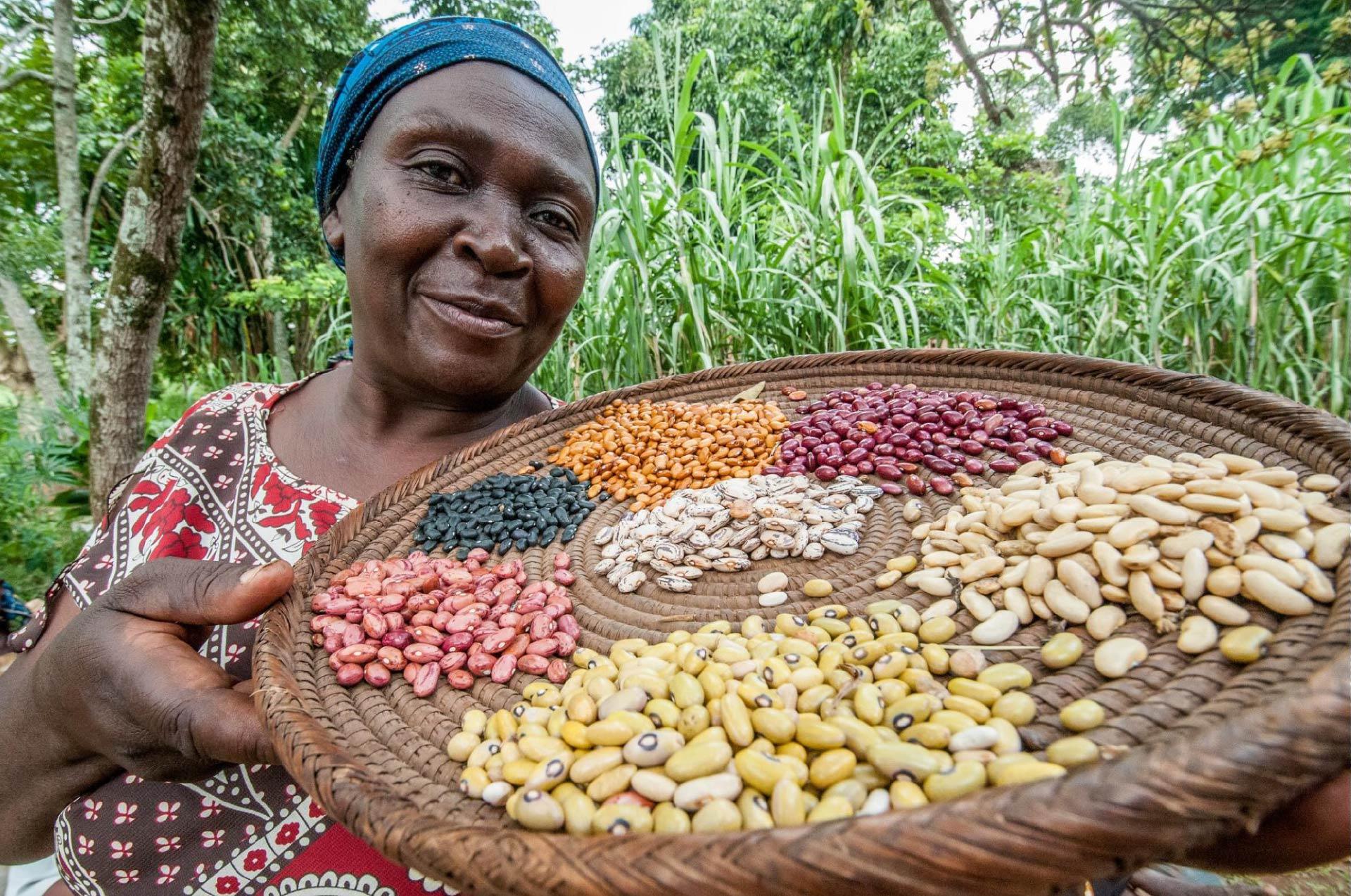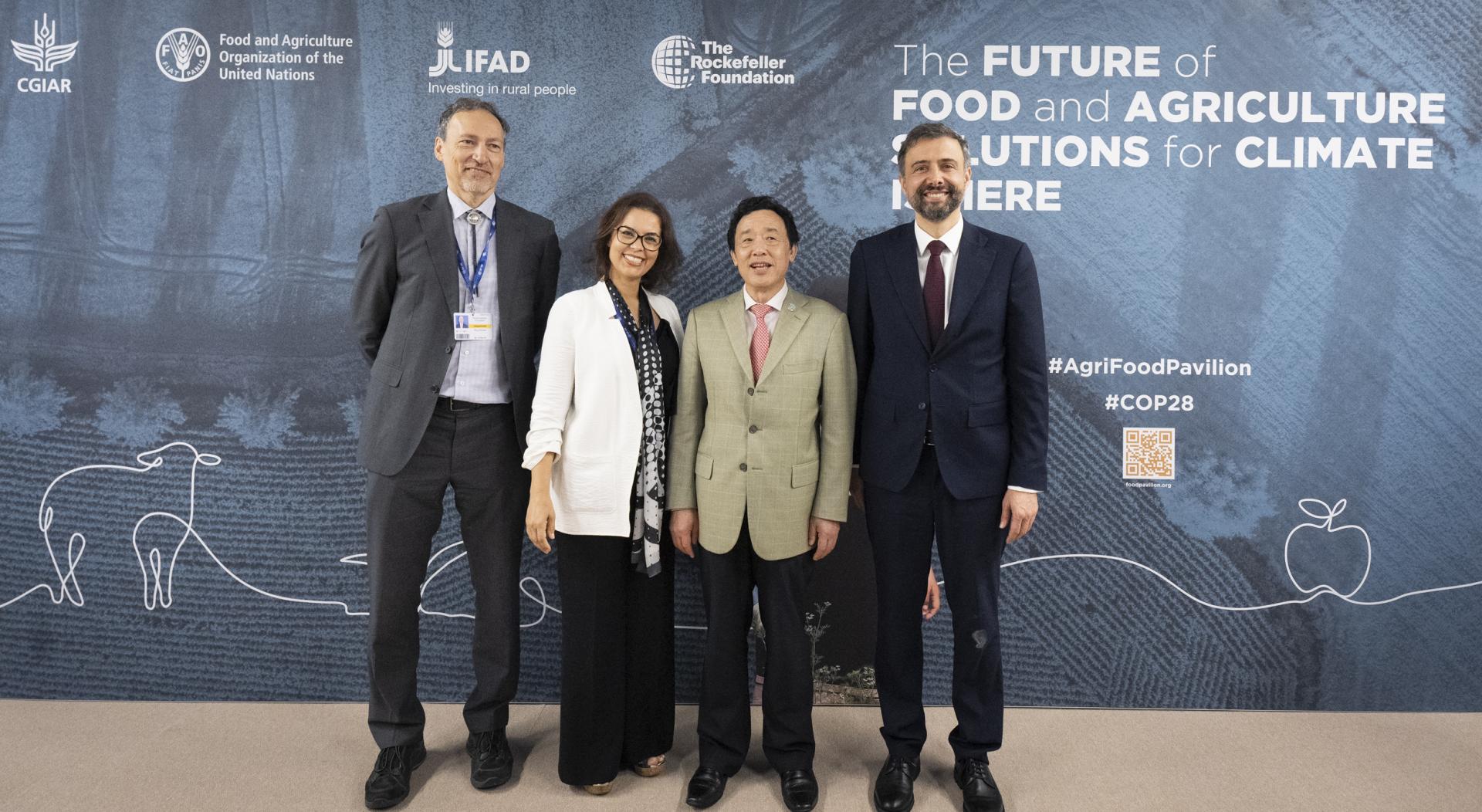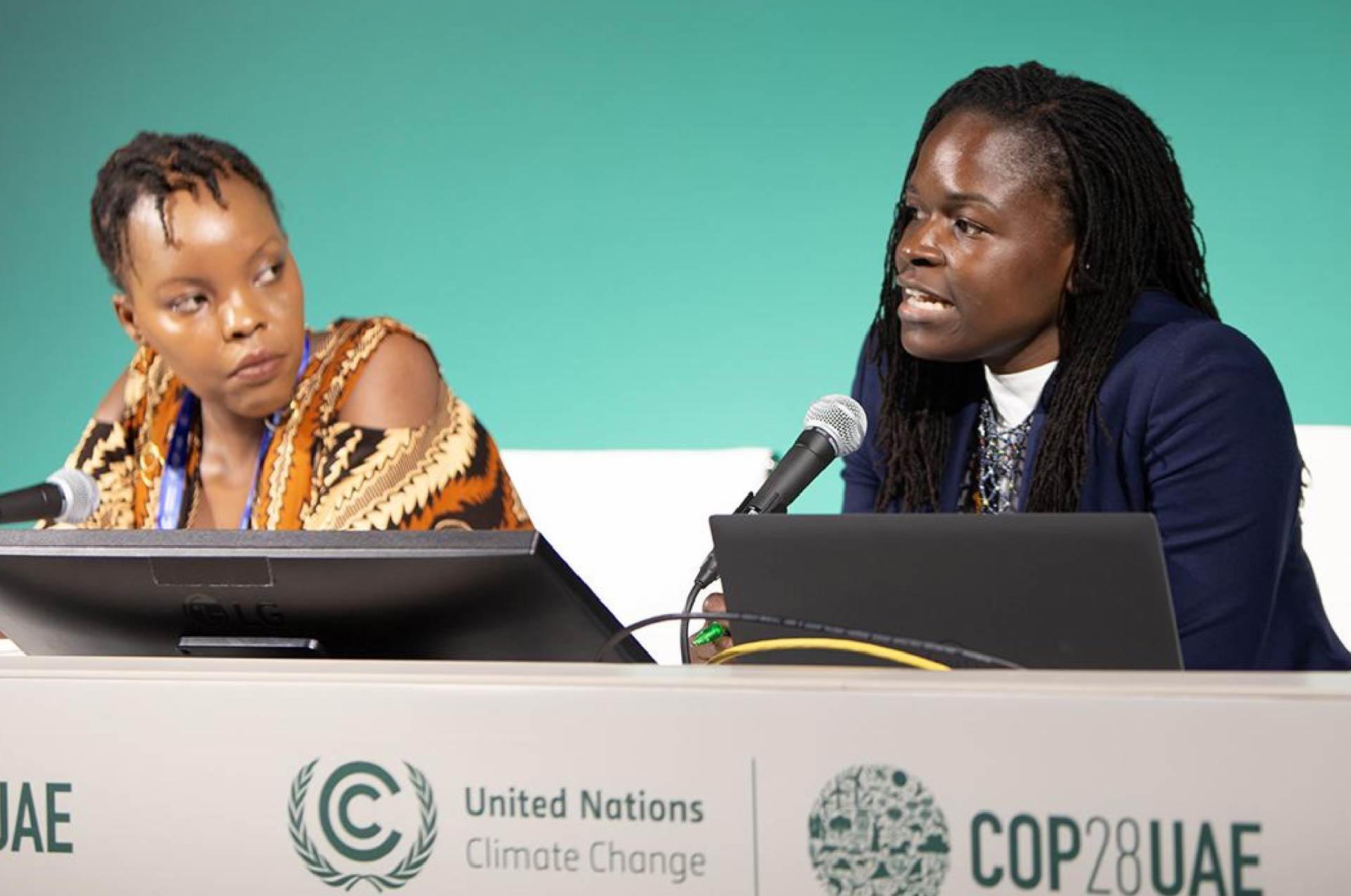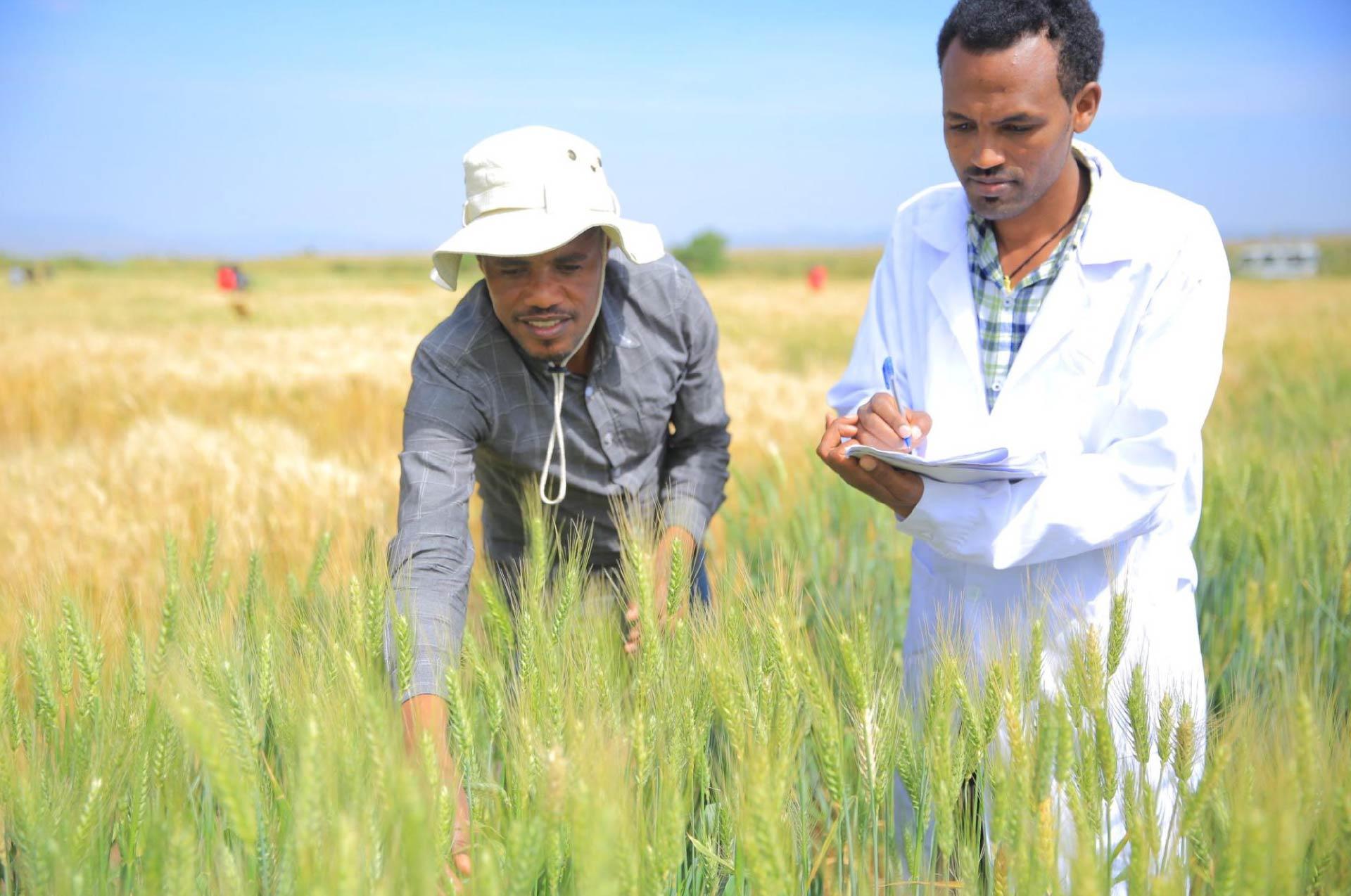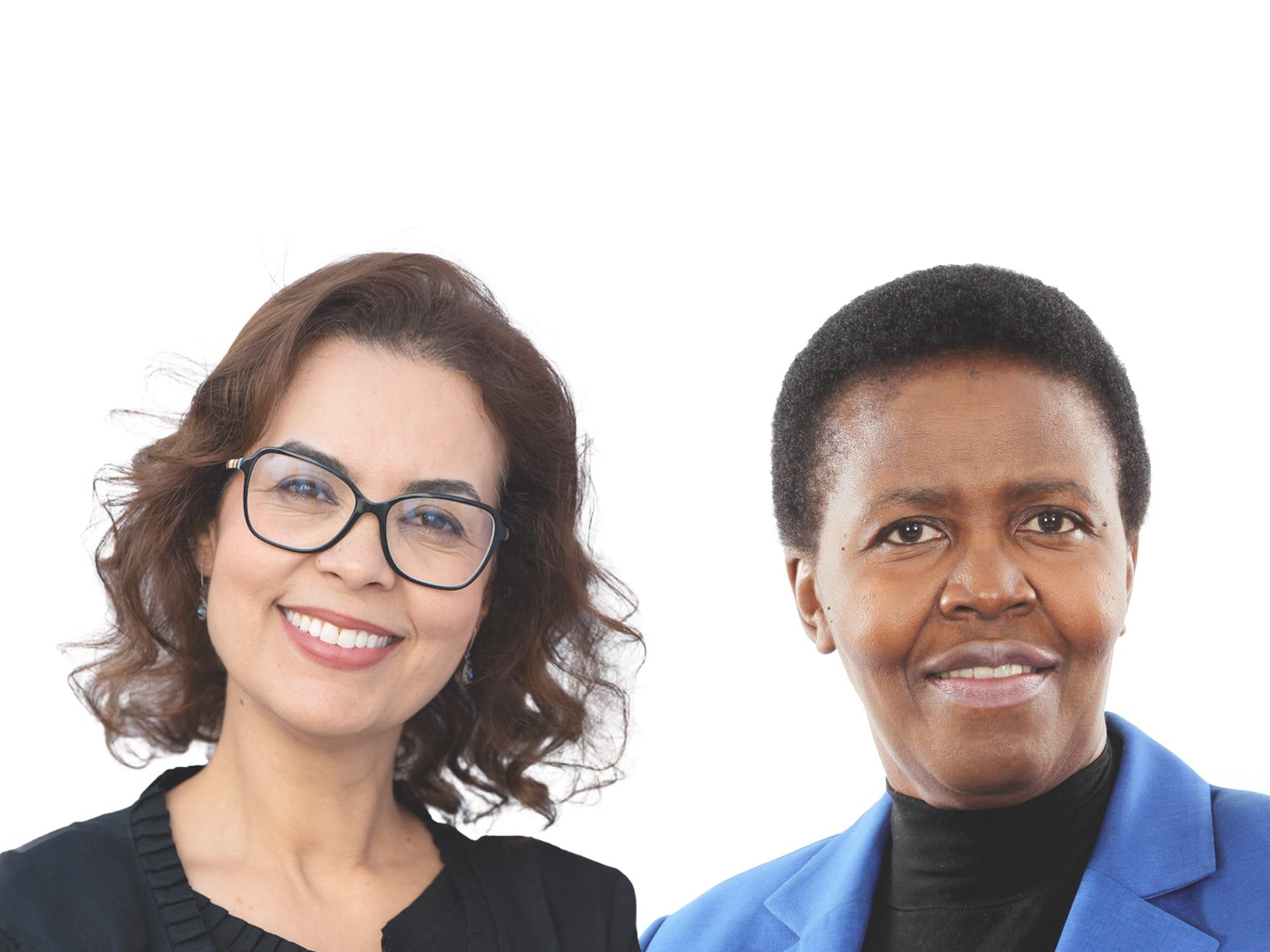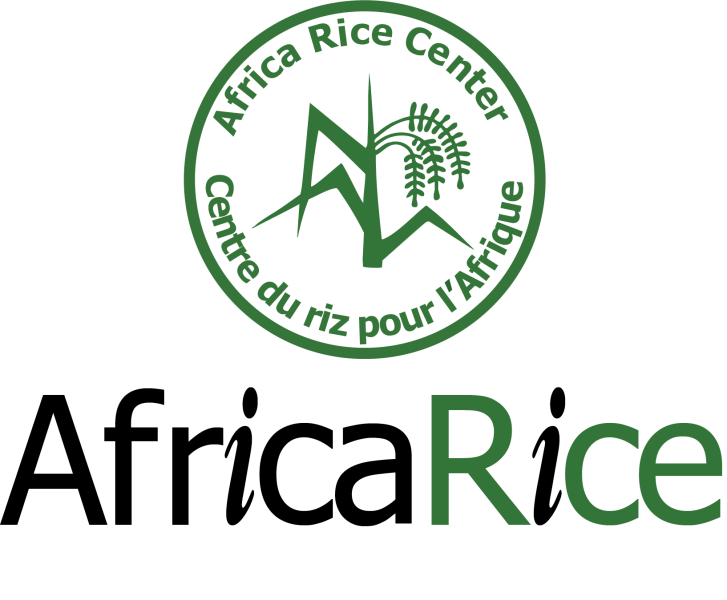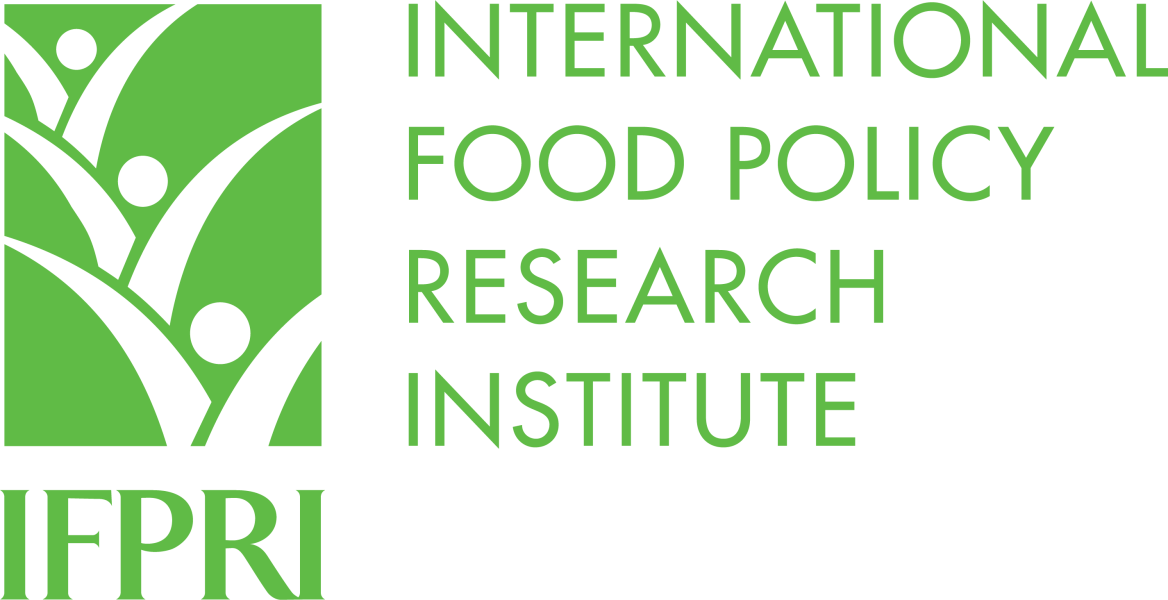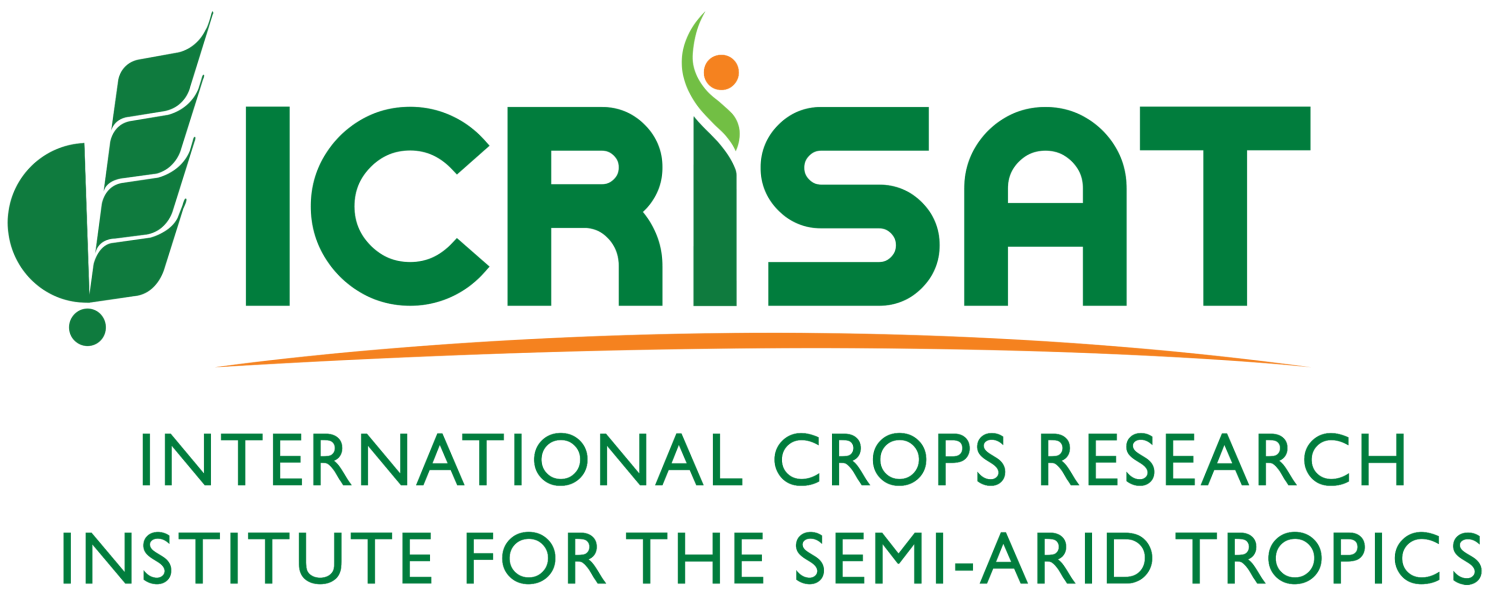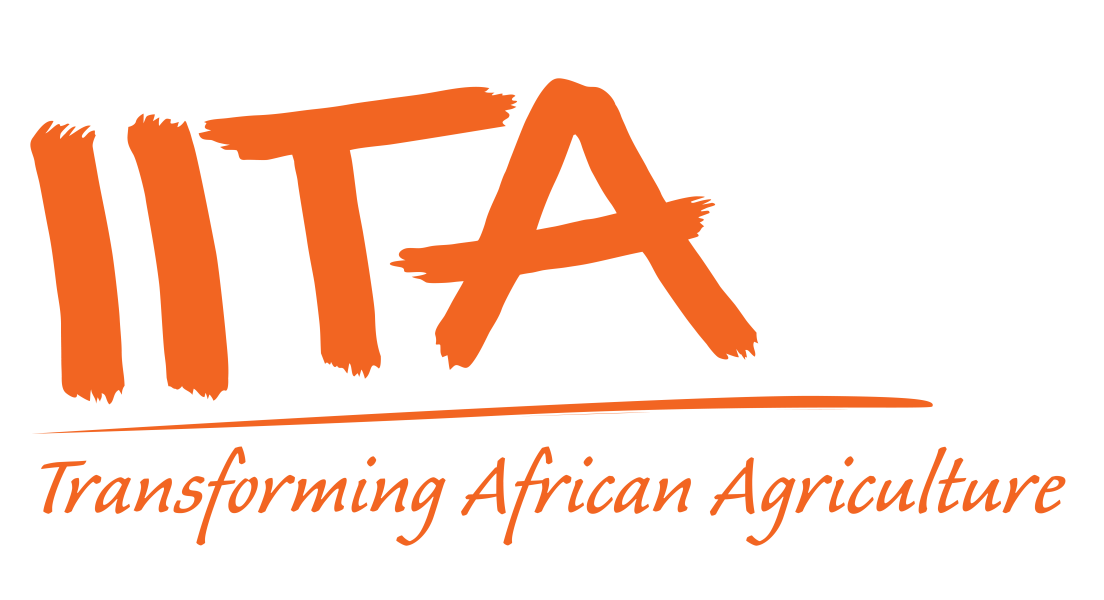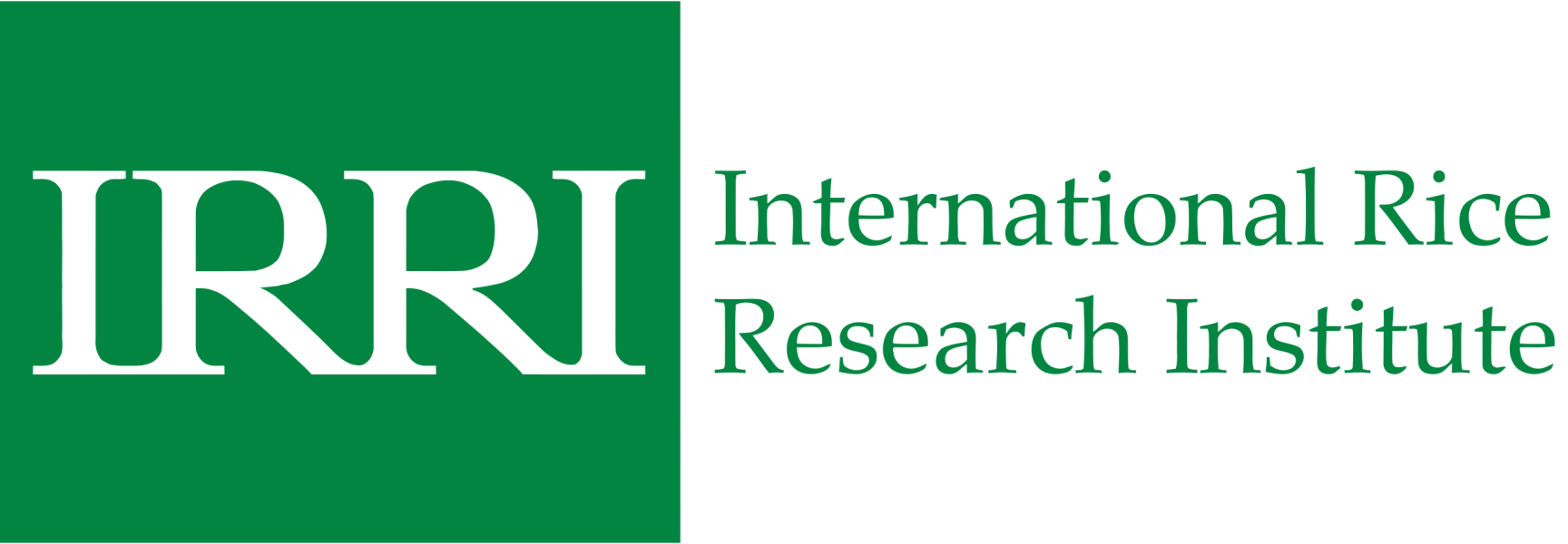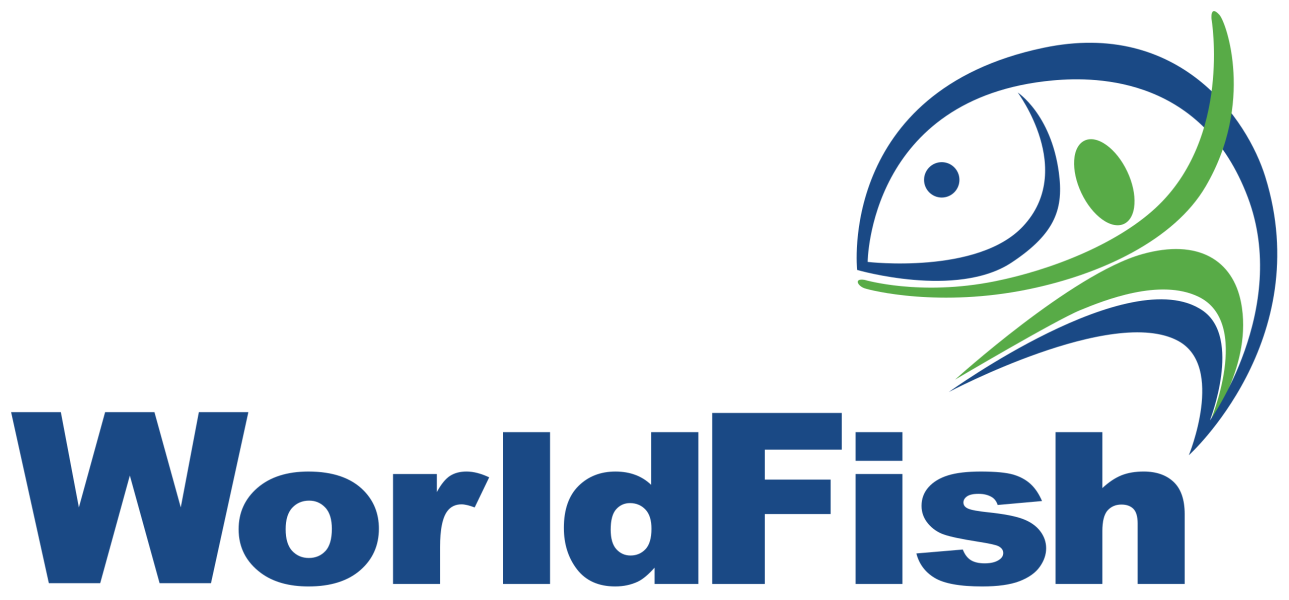Building on the strong foundation laid in 2022, CGIAR’s Regional Integrated Initiatives (RIIs) continued to provide solutions to address the unique climatic and socio-economic challenges facing agrifood systems in six regions prioritized as crucial for achieving CGIAR’s Impact Area targets.
RIIs tackled specific challenges identified by stakeholders, serving as pivotal platforms for collaboratively developing, testing, and implementing innovations, enhancing capacity, and influencing policy changes alongside local and regional partners. In 2023, the RIIs brought together the strengths of 759 partners and CGIAR Centers in innovative and participatory research for development, with impacts in six regions.
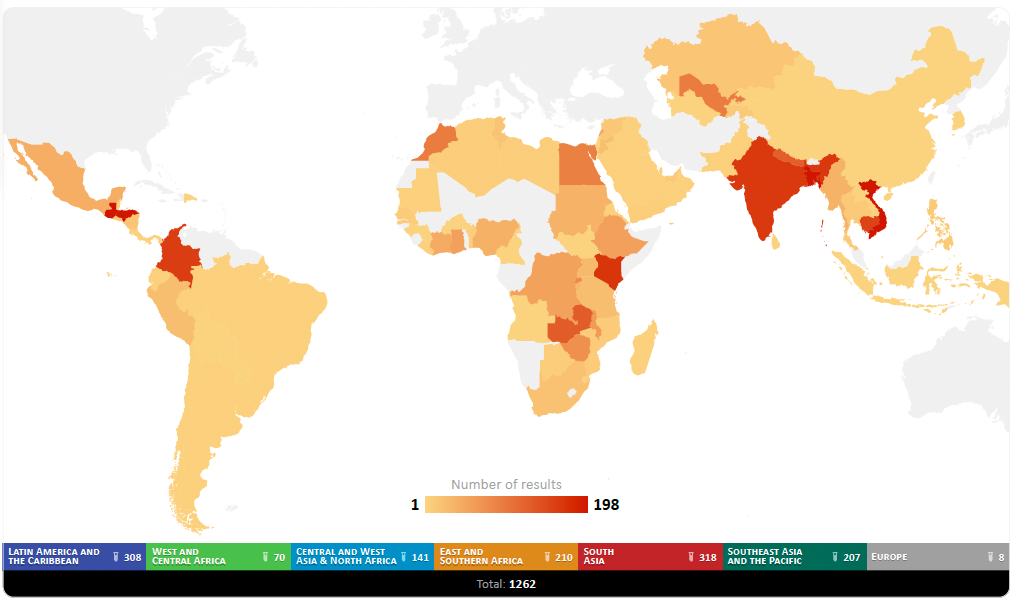
Figure 1. Location of RII results.
Source: CGIAR Results Dashboard, accessed on 1 May, 2024.
RIIs reported over 1,400 outputs and outcomes (577 knowledge products, 341 capacity sharing for development results, 198 innovation development results, 58 innovation use results and 31 policy change results) across CGIAR’s five Impact Areas. Twenty-two percent of partnerships were with national organizations and/or with the government (Figure 2). Significant collaborations with other CGIAR thematic Initiatives were central to RII implementation and the RII delivery model, leveraging CGIAR expertise, capacity, and stakeholder networks in each region. This section highlights the contributions of RIIs in three facets: (1) amplifying impact with higher innovation readiness and use; (2) bridging engagement and policy for impact; and (3) harnessing bundled digital innovations for sustainability.

Figure 2. RII results by partner type.
Source: CGIAR Results Dashboard, accessed on 1 May, 2024.
Amplifying impact with higher innovation readiness and use
In 2023, RIIs contributed to 35 percent of all innovation use measured by CGIAR in 2023. RIIs had an average innovation readiness score of 5.77 out of 9, while CGIAR’s Global Thematic Initiatives (GTIs) averaged 5.16 (Figure 3). In other words, innovations developed by RIIs are at more mature readiness levels and have a higher capability of being rapidly applied and scaled by stakeholders.
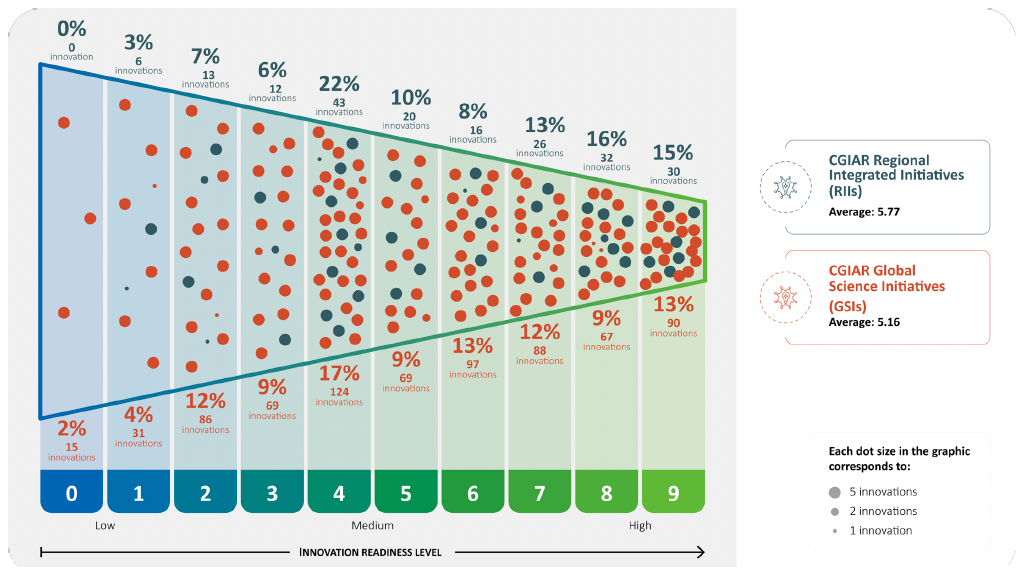
Figure 3. RIIs focus on innovation adaptation, validation and scaling (medium/high readiness levels), while GTIs focus more on innovation ideation, formulation and testing (lower/medium readiness levels).
Source: CGIAR Results Dashboard, accessed on 1 May, 2024.
The Transforming Agri-food Systems in West and Central Africa (TAFS-WCA) Initiative scaled improved parboiling technology for rice and the existing GEM equipment through the capacity building of women on technical aspects (process of quality rice parboiling using GEM) and soft skill (business skill, marketing strategies and personal development). It was scaled across 11 countries, significantly increasing yields and income, and thereby reducing poverty among adopters.
In South Asia, the Transforming Agrifood Systems in South Asia (TAFSSA) Initiative catalyzed diversification of farming practices through the “Small Farmer, Large Field” (SFLF) business model. In India and Bangladesh, the model enhanced farmers’ access to inputs and machinery services, boosting farmers’ agency and negotiating power at the farm gate, resulting in a 40 percent average profit increase. In Central and West Asia and North Africa (CWANA), participants of the Agritech4Morocco Innovation Challenge held in 2022 continued to receive post-program support to help accelerate their growth, effectively integrating technological innovation with entrepreneurial development. It spurred adoption of solutions for water management and desertification such as the natural water distillation systems and plant-based desertification controls developed by teams like Manhat and Sand to Green.
In East and Southern Africa, the Ukama Ustawi (UU) Initiative established the Scaling Fund and the Food Systems Accelerator exemplifying financial and business support mechanisms to accelerate the adoption of climate-smart agricultural practices by agribusinesses. Through the Food System Accelerator, approximately USD 11 million was leveraged for the first cohort of agribusinesses in the form of grants, debt and equity.
In Latin America, the AgriLAC Resiliente (AgriLAC) Initiative validated locally adapted crop varieties of maize, rice and beans benefiting over 2,000 households in Colombia, Guatemala, and Honduras. Through Annual InnovaHub meetings, the Initiative approached dissemination and scaling of climate-smart agricultural knowledge and technologies, alongside the capacity building of local communities.
Various digital climate advisory and bundled services (DCAS+) were utilized by farmers in the Asian Mega-Delta (AMD) in Bangladesh, Cambodia, Myanmar, and Viet Nam. The adoption of Agro-Climatic Bulletins in Viet Nam and interactive voice messaging systems in Bangladesh has provided farmers with critical information to optimize their agricultural practices and mitigate climate risks.
Bridging engagement and policy for impact
Tailored to each region and its specifics, RIIs contributed to or influenced policy development and adaptation at multiple levels through strategic collaborations, stakeholder engagement, and provision of evidence-based recommendations.
The TAFS-WCA Initiative has catalyzed policy changes and regulatory improvements in the seed sector, notably in Rwanda. By collaborating with the Seed Equal Initiative, the TAFS-WCA Initiative has enhanced the seed sector’s regulatory framework, facilitating the adoption of improved seed varieties. This has been complemented by the establishment of an Agro-Advisory Committee in Rwanda, which has played a pivotal role in scaling the Early Warning System (EWS) for fall armyworm and Striga forecasting, effectively informing local decision-making processes. Additionally, through multi-stakeholder dialogues, the Initiative has developed landscape management plans in Ghana and Nigeria, integrating knowledge sharing and collaborative governance into sustainable landscape management policies.
In South Asia, TAFSSA influenced policy at local, national, and regional levels through its comprehensive agrifood systems assessments and collaborations. At the local level, integrated assessments in Bangladesh, India, and Nepal have shaped agricultural extension planning and market policies through the dissemination of 40 research notes to key stakeholders. Nationally, TAFSSA’s studies on crop diversification in Bangladesh have strongly engaged national extension and nutrition researchers to plan pathways and agrifood system development trajectories toward increased crop diversification. This progress was underpinned by the release of over 40 detailed agrifood systems briefs to inform development planners and policymakers on Bangladesh, India, and Nepal. The main objectives of the agrifood system assessment were to demonstrate the feasibility and value of creating locally relevant datasets, collect high-resolution data linking production systems, markets, diets, and the environment, and develop methods to collect gender-disaggregated data from farms, markets, and households. TAFSSA’s engagement in the SoLAR project and the Regional Knowledge Forum on Energizing Agriculture and Enabling Just Energy Transitions in South Asia has facilitated discussions that are likely to impact regional policies and investment strategies in sustainable agriculture.
Through the establishment of National Alliances of Stakeholders in the cereal seed sector and collaborations on salinity management and water reuse standards, the CGIAR Research Initiative on Fragility to Resilience in Central and West Asia and North Africa (F2R-CWANA) influenced policy discourse in countries like Egypt, Lebanon, and Morocco. F2R-CWANA’s contributions to the Common Market for Eastern and Southern Africa regional seed trade harmonization policy and the climate-refugee- Water–Energy–Food–Ecosystems nexus discussions at forums like UNFCCC COP28 illustrated its strategic influence on policy discussions and development. UU in East and Southern Africa convened the Policy Dialogue on Promoting Gender and Climate- Responsiveness in Agricultural Policy Formulation and Implementation with the Association for Strengthening Agricultural Research in Eastern and Central Africa (ASARECA) as well as a validation workshop for the Policy Practice Index Tool. UU’s Learning Alliance established a knowledge management policy, strengthening agricultural knowledge sharing with partners like the Forum for Agricultural Research in Africa, ASARECA, and the Centre for Coordination of Agricultural Research and Development for Southern Africa, supporting agricultural policy development and practice across East and Southern Africa.
AgriLAC finalized a public policy mapping in Guatemala on food security, climate change, and migration, and validated it with stakeholders in informing discussions at a national forum. The Initiative supported the Central America Agricultural Council in activating the Technical Group of Innovation, which gathers NARS of eight countries. The Asian Mega-Deltas (AMD) Initiative had a significant impact on the design and approval of the national program in Viet Nam for sustainable and low-emission rice production, where rice farmers adopted the Alternate Wetting and Drying method, leading to the design and approval of Viet Nam’s One Million Hectares Program, a strategy for sustainable development in rice cultivation.
Harnessing bundled digital innovations for sustainability
RIIs effectively deployed digital climate advisory and bundled services across multiple regions, showcasing a robust integration of technology, research, and local engagement to significantly enhance resilience and productivity. The deployment of these innovative services has provided actionable climate information, fostering informed decision-making among farmers, and strengthening broader agrifood systems.
The TAFS-WCA Initiative used digital climate advisories to combat agricultural pests and diseases. The Early Warning System for fall armyworm and Striga has been a cornerstone of this effort. In Rwanda, the Initiative improved the accuracy of forecasts and expanded its reach, with advisories being disseminated to over 51,000 individuals, including direct SMS communications to farmers. TAFSSA leveraged digital tools in coastal Bangladesh through an Interactive Voice Response service. This service provided timely weather forecasts to mung bean farmers, helping them avoid potential crop losses due to adverse weather conditions and empowered over 10,000 farmers.
Through an Online Climate Data Extractor, the F2R-CWANA Initiative provided access to satellite-based weather data across the region, enhancing the capacity of agricultural water users in Uzbekistan and Tajikistan to address climate change-related challenges. The Initiative also supported the development of digital advisory tools for Egyptian wheat farmers, integrating genetic innovations and agronomic practices into a comprehensive service package to bridge yield gaps and promote sustainable intensification.
Through the UU Initiative, the Shamba Shape Up and Munda Make-Over programs disseminated critical climate and agricultural information reaching over ten million farmers in Kenya and Zambia via television and radio.
AgriLAC scaled Local Technical Agroclimatic Committees across Mexico, directly benefiting around 100,000 farmers with essential climate information. The Initiative has also enhanced data management processes and developed the e-Agrology platform, improving agricultural data collection and analysis to support small-scale farmers with tailored agronomic recommendations.
AMD made notable progress in deploying digital climate services in the Mekong River Delta, Viet Nam, and beyond. The Agro-Climatic Bulletins have reached over 220,000 farmers, providing them with customized climate advisories that have been recognized by the Vietnamese government for their impact on agricultural and rural development.


